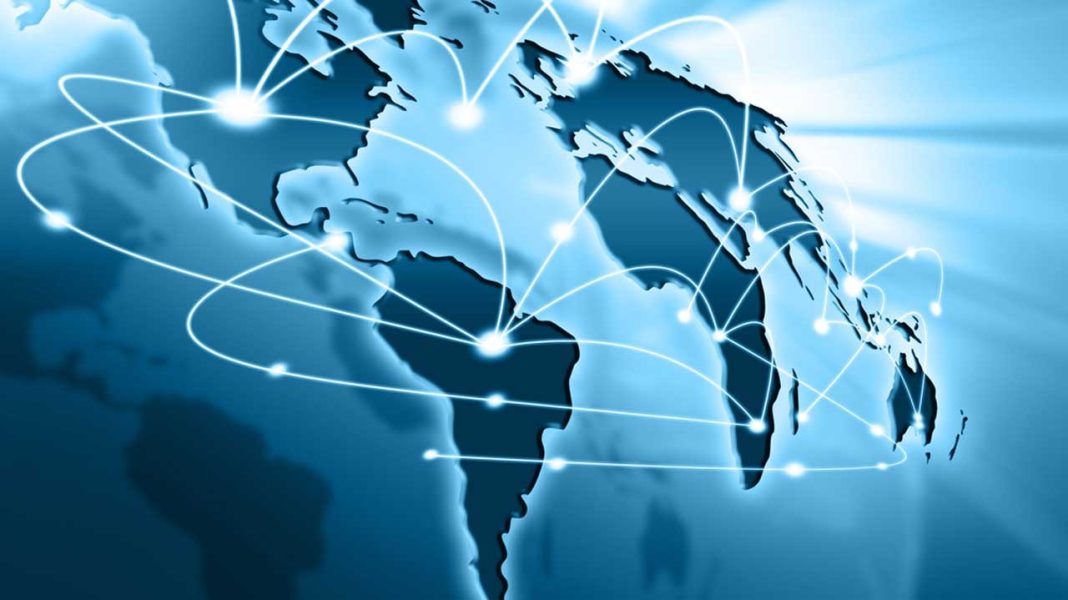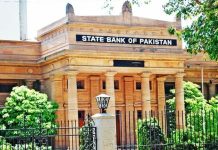ISLAMABAD: Pakistan’s population of over 230 million has witnessed a steady increase in internet penetration in the past decade, revolutionising how individuals interact, access information, and conduct business.
Pakistan Telecommunication Authority (PTA) says that the country had 128 million broadband customers as of March 2023, with a penetration rate of 54.13%. Numerous variables, such as enhanced smartphone penetration, more accessible data rates, and improved telecommunication infrastructure can be attributed to the rise in internet usage.
The first step on Pakistan’s path to high-speed mobile broadband services was taken in 2014, when PTA started the country’s deployment of 3G and 4G infrastructure. In comparison to the relatively insignificant 7.7 million subscriptions in September 2014, the simultaneous launch of 3G and 4G mobile technologies, the establishment of a competitive environment, and the ongoing supply of the necessary spectrum for advanced technologies paved the way for the achievement of 128 million broadband connections in just nine years.
The PTA states that 118.8 million people in Pakistan used the internet in 2021-22, with a penetration rate of 53.9%. Mobile subscriptions saw a 6% annual growth rate in the same period.
By 2022, 3G and 4G mobile signals had reached 78% and 75% of Pakistan’s population, respectively, ensuring that the majority’s demands were met. Pakistan has also prepared a policy framework to roll out 5G technology in three big cities — Karachi, Lahore, and Islamabad. It will be spread to other cities with the passage of time.
Given the rising number of internet subscribers, a major chunk of mobile operators’ revenue comes from the provision of data services. According to the PTA, in terms of mobile broadband subscriptions, Jazz is the leading telecom operator with a share of 38%, followed by Zong (27.8%), Telenor (21.4%), Ufone (11.6%), and SCO (1.2%).
The government’s initiatives to encourage digitalisation are influencing the expansion of internet in Pakistan. The Digital Pakistan Policy and the Universal Service Fund (USF) are just two of the country’s main initiatives aimed at expanding internet access and usage.
A fundamental aim of the Digital Pakistan Policy is to develop a digital ecosystem with infrastructure and institutional frameworks for the rapid availability of new digital services, apps, and content. The USF is transforming the lives of unserved and underserved communities across the country by making high speed internet accessible and affordable for everyone. Through these programmes, the country’s distant and underserved communities now have access to internet, creating a foundation for increased digital literacy and economic development.
The young people of Pakistan have significantly contributed to the development of internet. Pakistanis under the age of 35 make up more than 64% of the population, and they are ready to adopt digital technologies. As a result, the use of social media has skyrocketed, with young people increasingly using sites such as Facebook, Twitter, and Instagram.
The COVID-19 pandemic has also sped up Pakistan’s adoption of internet. As more individuals were compelled to work and study from home, and dependable internet access became essential. Due to the pandemic, more individuals have developed the habit of purchasing online rather than visiting crowded marketplaces and businesses, which has increased e-commerce transactions.
Online facilities for submitting government fees and other payments are now being offered by a variety of government organisations. E-ticketing is currently available on buses, trains, and aeroplanes in the transportation sector, and practically all local banks provide online banking services. As Pakistan’s internet subscriber base continues to expand over the next several years, this sector of the economy is anticipated to experience steady growth.
Businesses are quickly adapting to digital platforms to increase their reach and augment their sales in Pakistan. EcommerceDB, a subsidiary company of Statista, says Pakistan is the 47th largest market for e-commerce, with a predicted revenue of $6.362 billion by 2023, placing it ahead of New Zealand.
The Trade Development Authority of Pakistan (TDAP) has listed Pakistan as being among the top three new sellers that entered Amazon’s marketplace in the United States in 2022. Growth potential for e-commerce is also clear from the fact that as of March 2022, the number of e-commerce merchants registered with banks had climbed to 4,445, indicating a phenomenal 76% yearly growth.
In addition to meeting the demand for telecom services, Pakistan’s extensive telecom infrastructure – which includes more than 52,565 telecom towers/sites and a national distribution network of more than 220,000 retailers and franchises – also aids in the growth of numerous other digital services. For example, the creation of 637,231 m-wallet (mobile banking) agents and the opening of 88.5 m-wallet accounts have both been made possible by the distribution network of actively participating mobile operators. –Agencies






